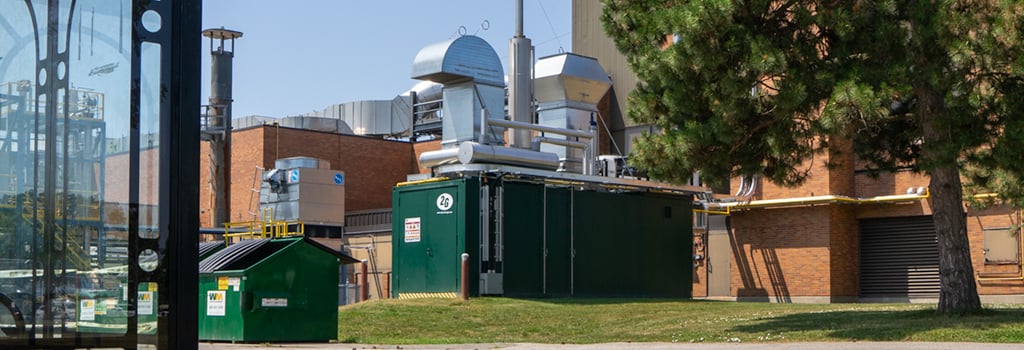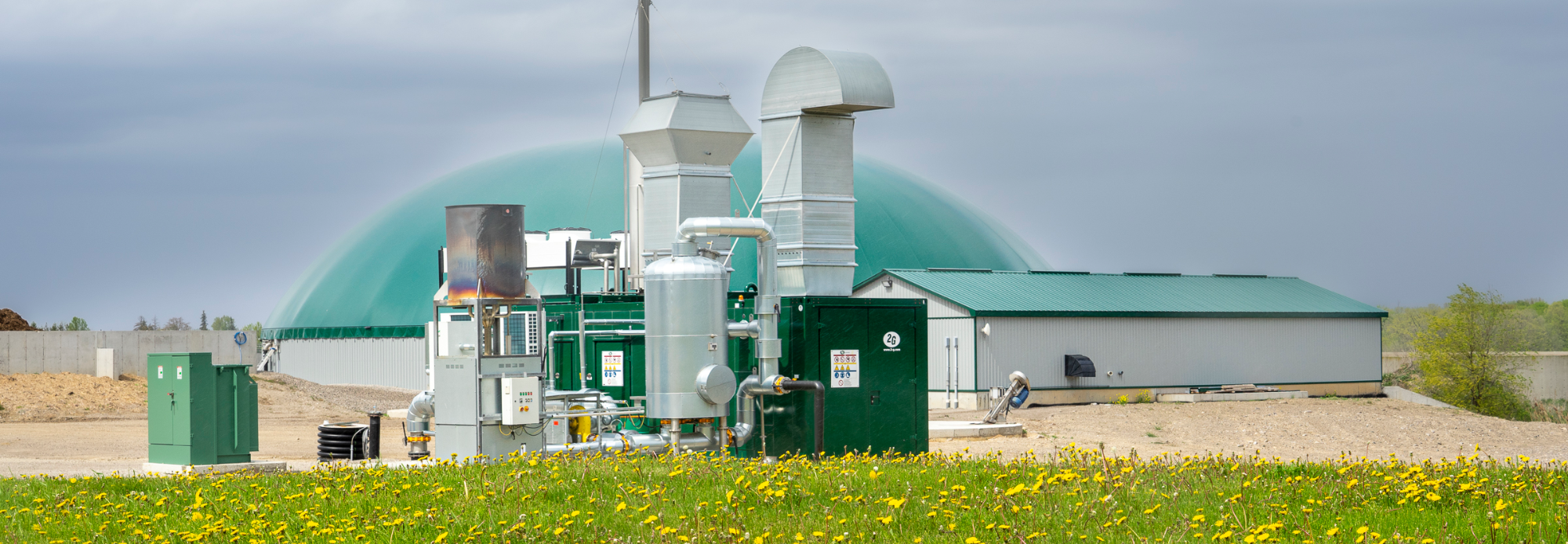An Explanation of the Investment Tax Credit (ITC) and the Role of CHP
The Inflation Reduction Act of 2022 represents the most significant legislation to combat climate change in our nation’s history, as it promotes broad-based economic opportunity across low-income communities, energy communities, and communities that have borne the brunt of pollution. The U.S. Department of the Treasury will be at the forefront of implementation, delivering $270 billion in tax incentives as part of the $369 billion the Inflation Reduction Act dedicates to combating climate change.

With this investment, the climate and energy security programs include:
- Boosting the tax credit available to combined heat and power (CHP) customers
- Reinstating the tax credit for renewable electricity from biogas projects
- Extending the tax credits’ expiration dates
- Expanding eligibility to some tax-exempt customers, including nonprofits and state and municipal entities that could not previously benefit from the tax credit
With the passing of this legislation, the Investment Tax Credit (ITC) has increased to 30% for projects that begin construction by the end of 2024, and the bill rewards U.S. manufacturers by adding a bonus of 10% for U.S.-made CHP solutions that are commissioned starting in 2023. The IRS is in the process of clarifying the rules for what qualifies as “made in the U.S.,” and once we receive the clarifications, we will share them with you.
This new ITC allows for highly efficient, low-emission CHP projects to compete, ultimately leveling the playing field among renewable energy technologies (wind and solar) that have received significant incentives over recent years. In addition, customers whose facilities are in an energy community (targeted locations that have been or are heavily dependent on fossil fuels as a driver of local economic activity, employment, and government revenue) may be eligible for another 10% bonus credit.

The IRA has extended tax credits to all biogas sectors, including wastewater treatment, farming, the food sector, renewable energy, renewable natural gas, and renewable heat. A Production Tax Credit (PTC) of 30% will be available for renewable electricity produced from biogas, which a customer can elect to take as an ITC.
The IRA recognizes that state, local and Tribal governments, as well as nonprofit organizations and other tax-exempt entities, have played and will continue to play a central role in making investments to build a clean energy economy. To further promote broad-based investment across the country, the financial incentive extends to these organizations. These facilities can receive tax credits as “direct payments” from the IRS, streamlining entities’ access to key incentives and supporting their investments in local communities, and offsetting project costs.
For the first time, the IRA will allow PTC and ITC recipients to monetize credits through a “direct pay” option or by selling all or a portion of the credits.
With this level of incentive (30%-40%), the payback timeline decreases, making CHP projects more attractive with built-in efficiency, resiliency, and sustainability. Together, we can move forward with the future of energy, lowering environmental impacts and better protecting the planet for future generations.
Ready to get started or interested in CHP for your facility? Contact us today at sales.us@2-g.com
Want to learn more about the ITC? You can click HERE for the Department of Treasury Fact Sheet
